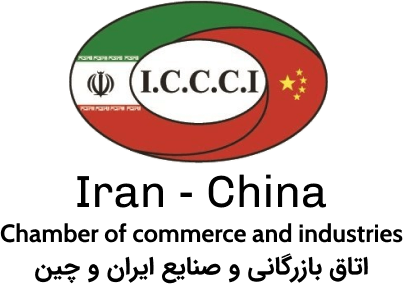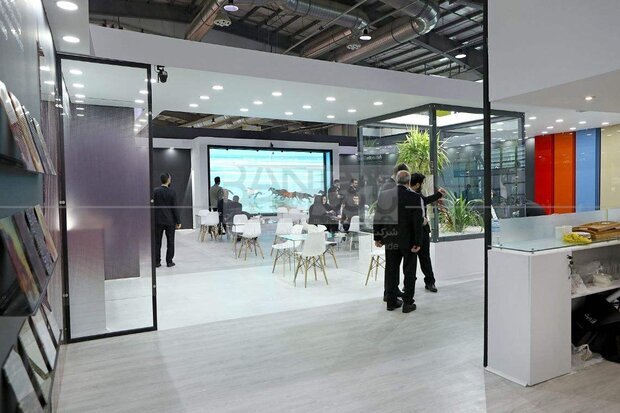The 6th International Exhibition of Glass Industry, Crystal, Porcelain, Machinery and Affiliated Industries (Iran Glass Show 2023) is scheduled to be held at Tehran Permanent International Fairground during July 14-17, IRIB reported.
According to Hossein Zojaji, the director of the Iran Glass Association, the latest achievements of the glass industry including new devices, equipment, production lines, and ways of mining and processing raw materials are showcased in this exhibition along with a variety of glasses such as construction glass, facade glass, doors and windows, office glass, bent glass, automobile glass, and bulletproof glasses.
Hundreds of Iranian companies along with representatives from Italy, Germany, Turkey, and China are going to participate in the four-day exhibition, Zojaji said.
The aim of this exhibition is to promote this industry and to prepare a roadmap for the development of the country’s glass industry by examining the challenges and issues in this sector and by comparing Iran with leading countries in this field.
Acquaintance with the latest products and developments in the glass industry, exchange of information and technical knowledge among participants, acquainting visitors with the latest achievements offered in various sectors of the industry, creating direct communication between producers and consumers, creating investment opportunities, creating employment and marketing opportunities and promoting exports are also among the most important goals of this exhibition.
Several domestic and foreign investment delegations are also scheduled to visit the exhibition to discuss future collaborations with the participating companies.
Iran produces more than 2.5 million tons of glass annually, of which 1.6 million tons are flat glass, 450,000 tons are bottles and the rest are crystals.
Currently, 450,000 square meters of construction glasses are produced daily in 10 large active glass factories in the country, of which about 40 percent is exported to the countries of the Persian Gulf, Central Asia, and even Europe.





